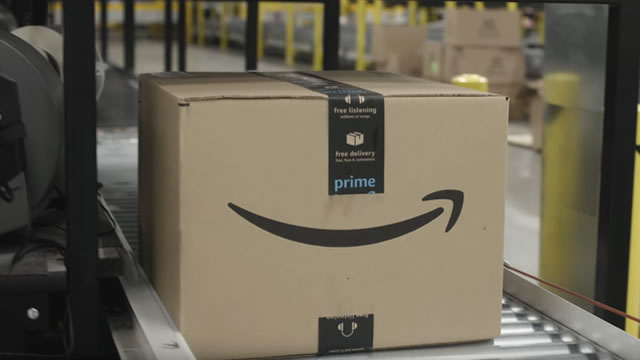Amazon’s Automation and Cost Optimizations Position it for Success
The Impact of Trump’s Tariffs on Amazon
Amazon.com, Inc. has implemented advanced automation and cost optimization strategies that give it a competitive edge over traditional retailers. By leveraging technologies such as robotics, artificial intelligence, and machine learning, Amazon has been able to streamline its operations and reduce fulfillment costs. This not only improves efficiency but also positions the company to excel in the face of challenges such as tariffs.
President Trump’s tariffs on Chinese imports have caused a ripple effect in the retail industry, leading to increased costs for many companies. However, Amazon may benefit from these tariffs as they could potentially allow the e-commerce giant to grab a larger share of the market. While competitors grapple with rising expenses due to the tariffs, Amazon’s automation capabilities enable it to mitigate these costs and maintain its competitive edge.
Strong Growth Expected in Q4 Earnings
The fourth-quarter earnings for Amazon are anticipated to show strong growth, thanks in part to its automation initiatives. By reducing fulfillment costs and improving profit margins, Amazon is well-positioned to deliver impressive financial results. This positive outlook makes AMZN shares an attractive investment option for those looking to capitalize on the company’s continued success.
Effects on Individuals
For consumers, Amazon’s automation and cost optimizations could translate into faster delivery times and potentially lower prices, enhancing the overall shopping experience. Additionally, as Amazon continues to expand its market share, consumers may have access to a wider range of products and services at competitive prices.
Global Impact
The ripple effects of Amazon’s success and efficient operations extend beyond individual consumers to the global economy. By leveraging automation and cost-saving technologies, Amazon sets a precedent for other companies to follow suit in order to remain competitive in the rapidly evolving retail landscape. This could lead to increased innovation and efficiency across industries, ultimately benefiting the global economy.
Conclusion
Amazon’s strategic focus on automation and cost optimizations, coupled with the potential benefits of Trump’s tariffs, position the company for continued success in the retail industry. As Q4 earnings are expected to reflect strong growth, Amazon’s competitive edge is further solidified, making it a compelling investment opportunity. By harnessing the power of technology and innovation, Amazon sets a precedent for industry-wide advancements that could have a far-reaching impact on individuals and the global economy.





